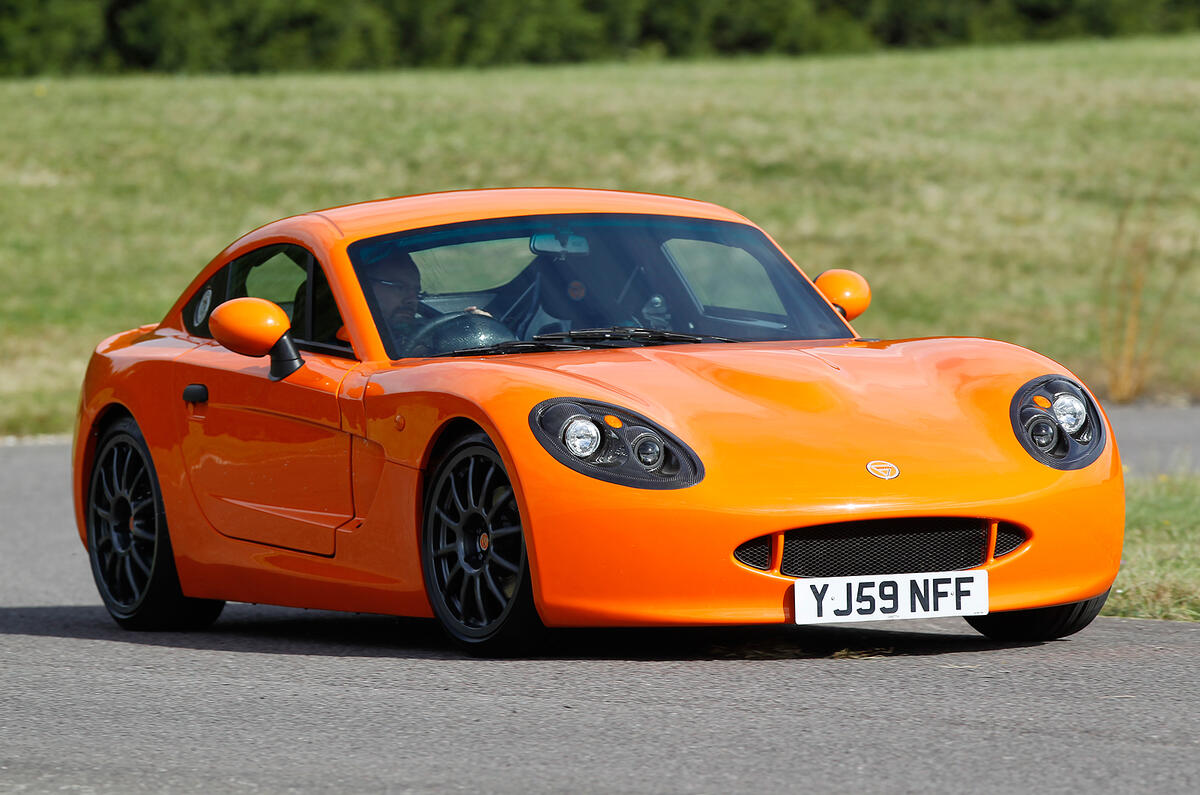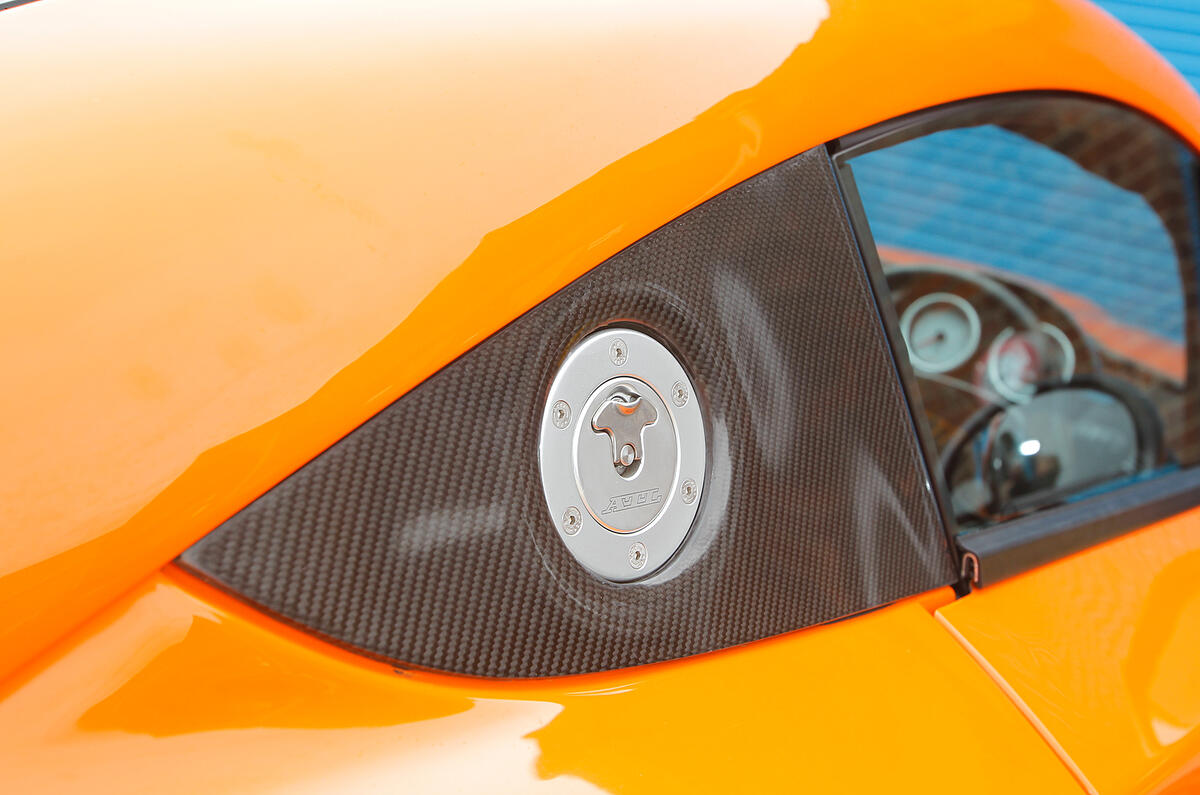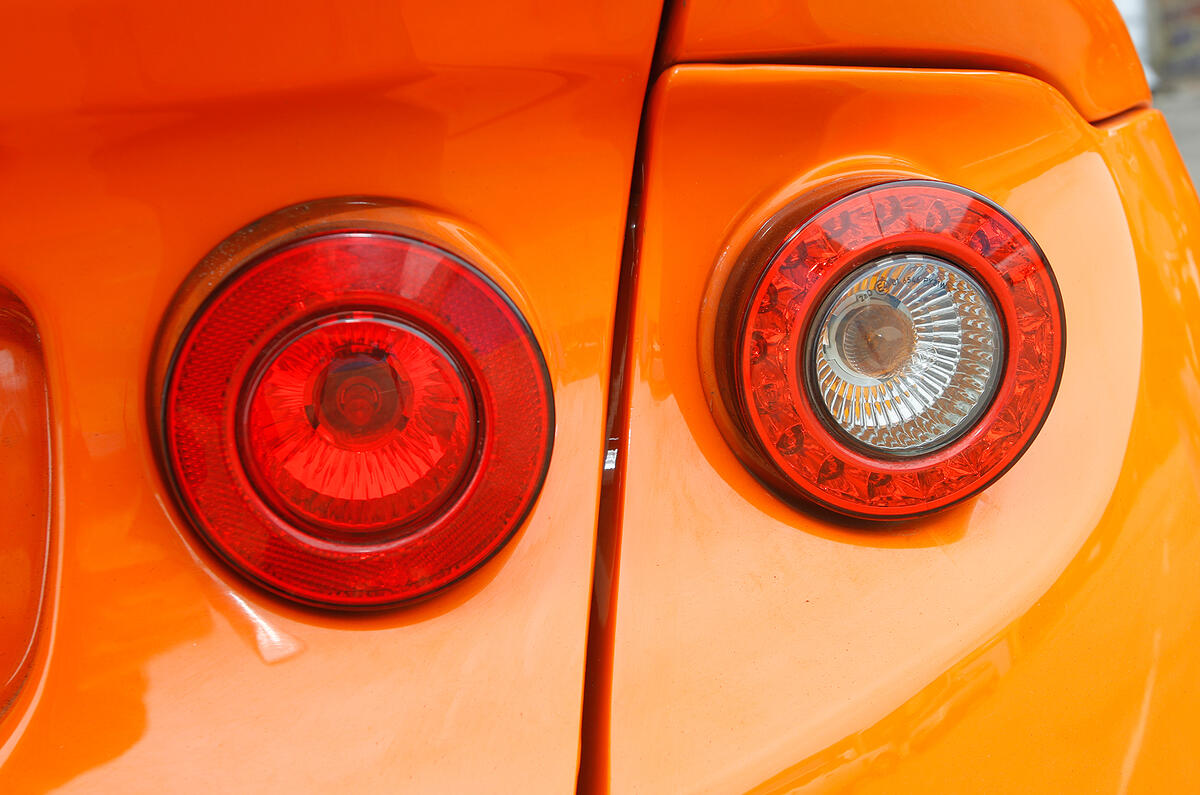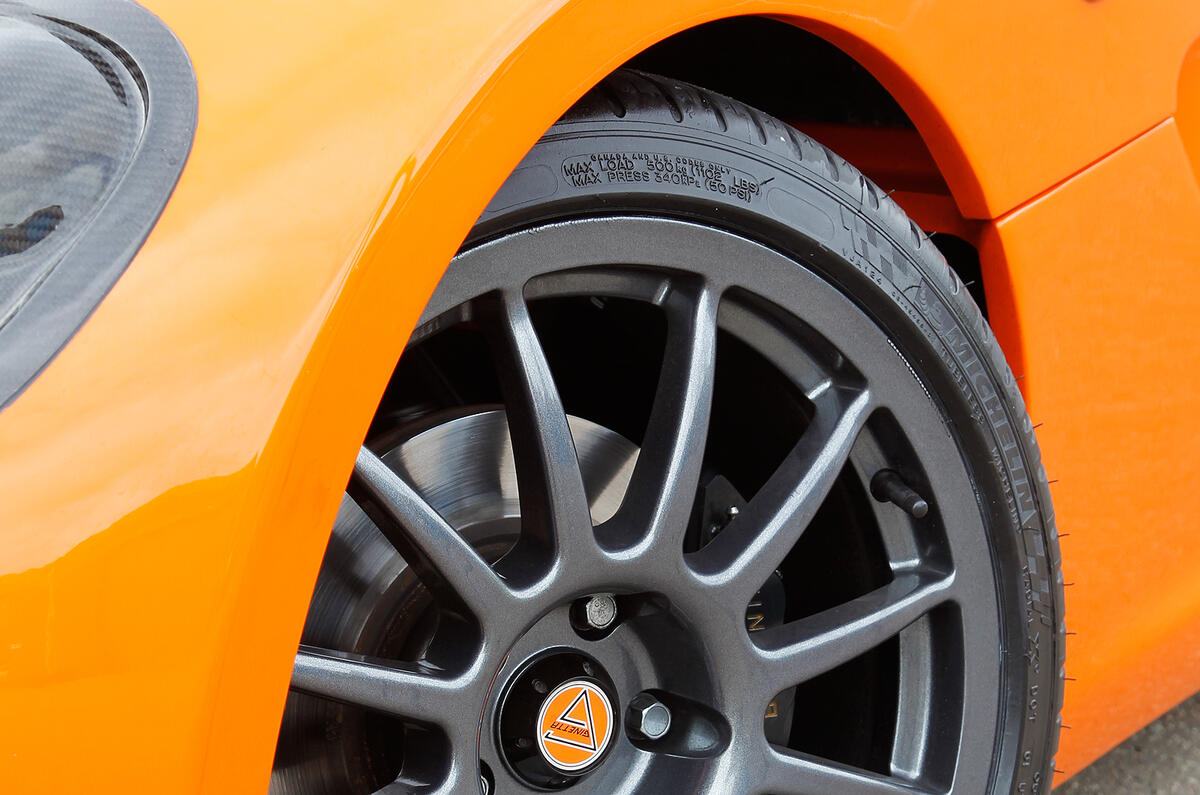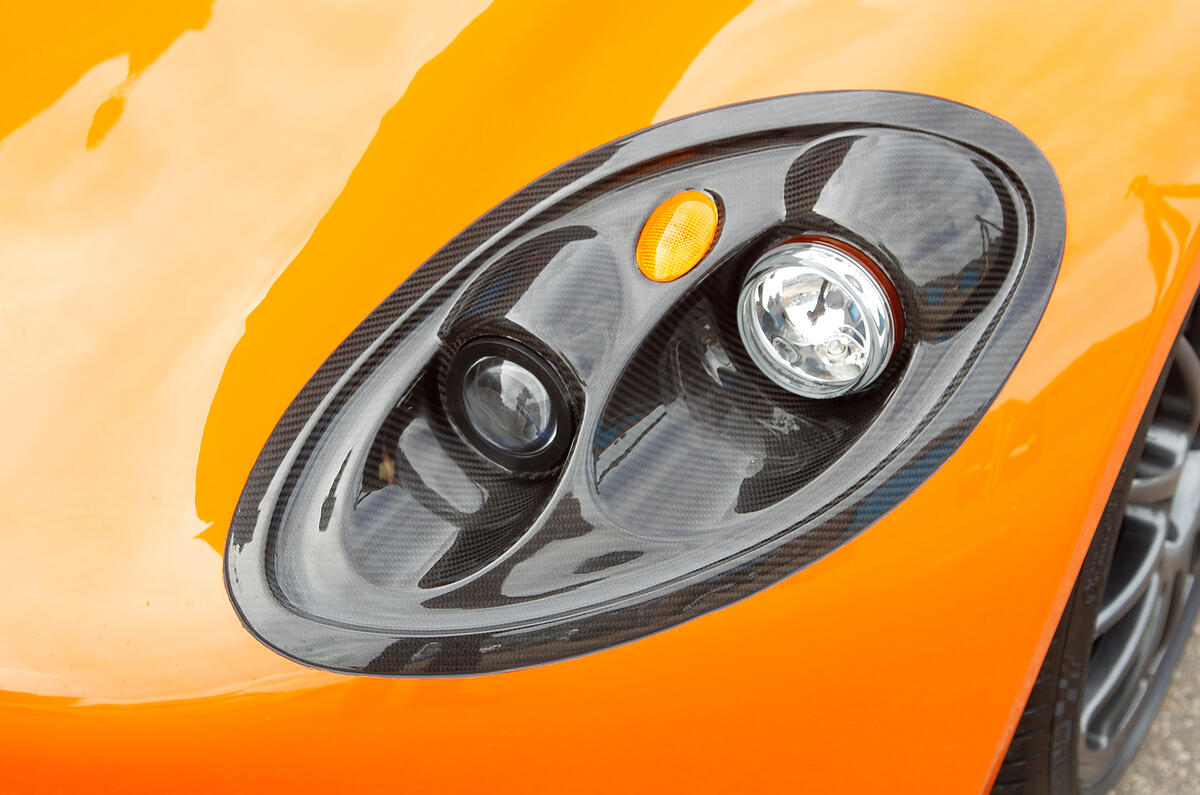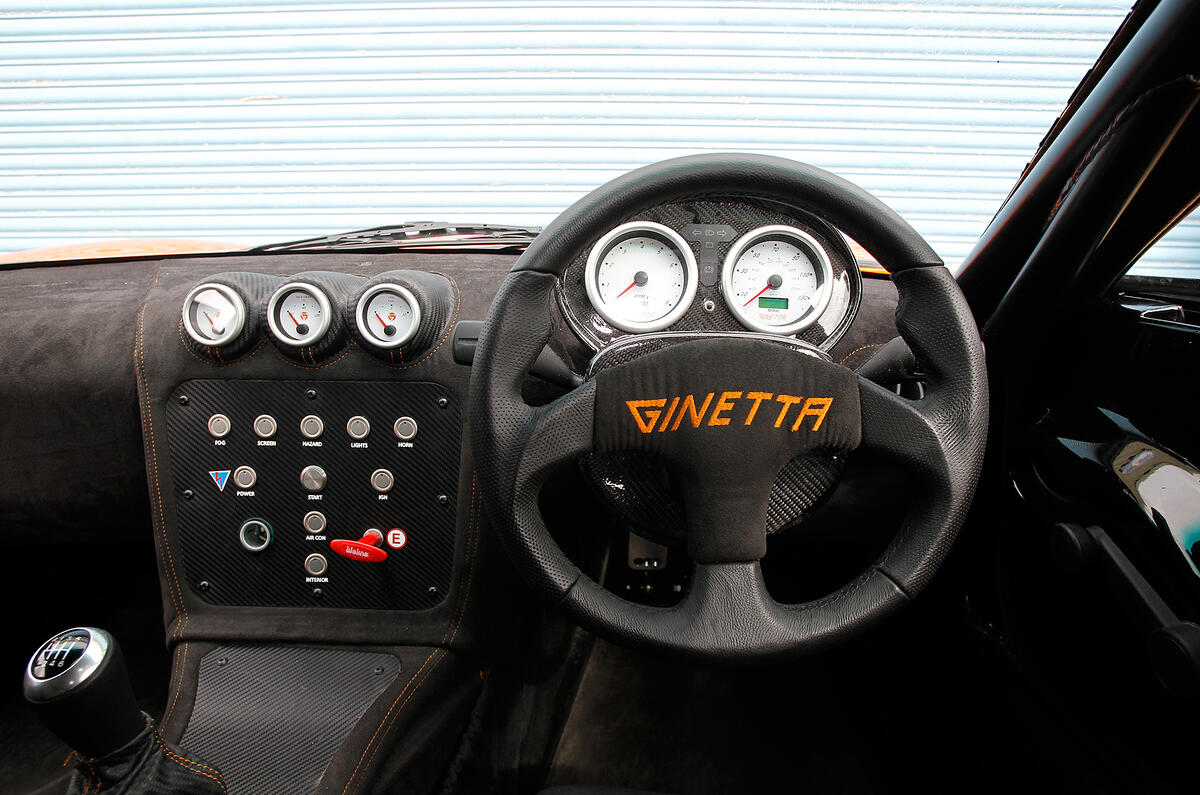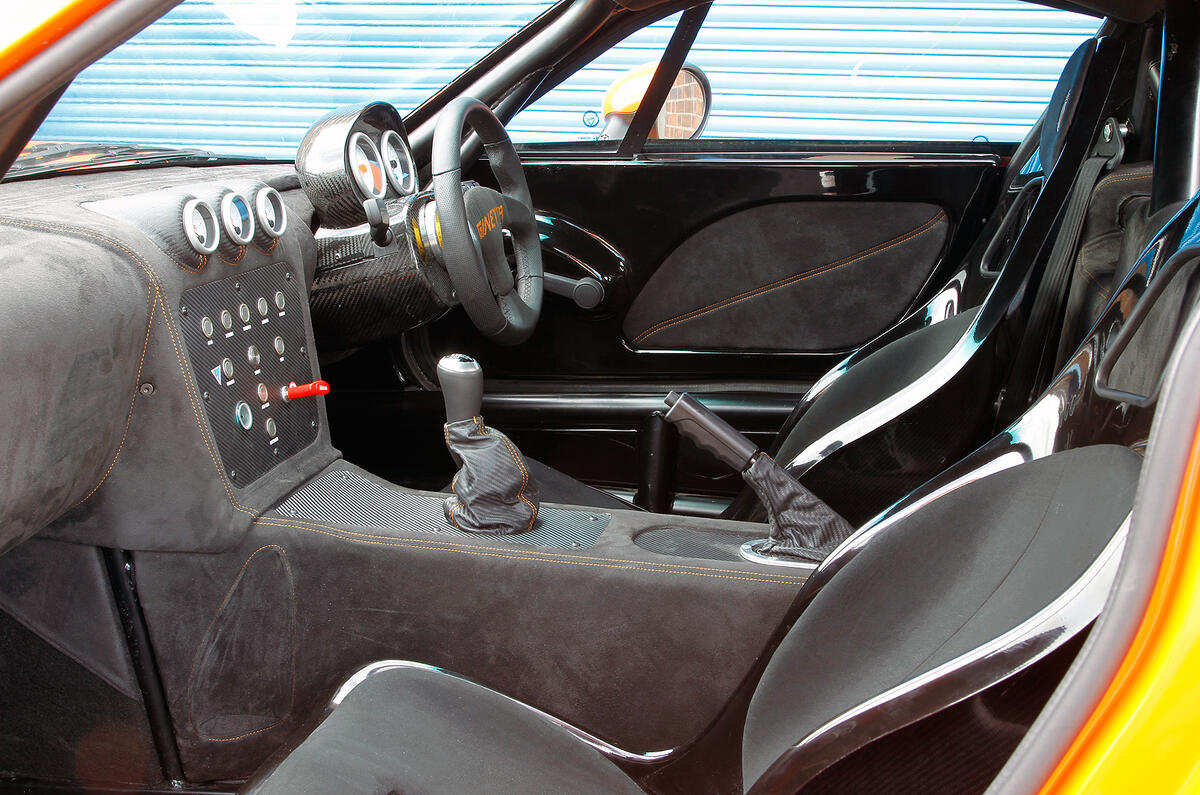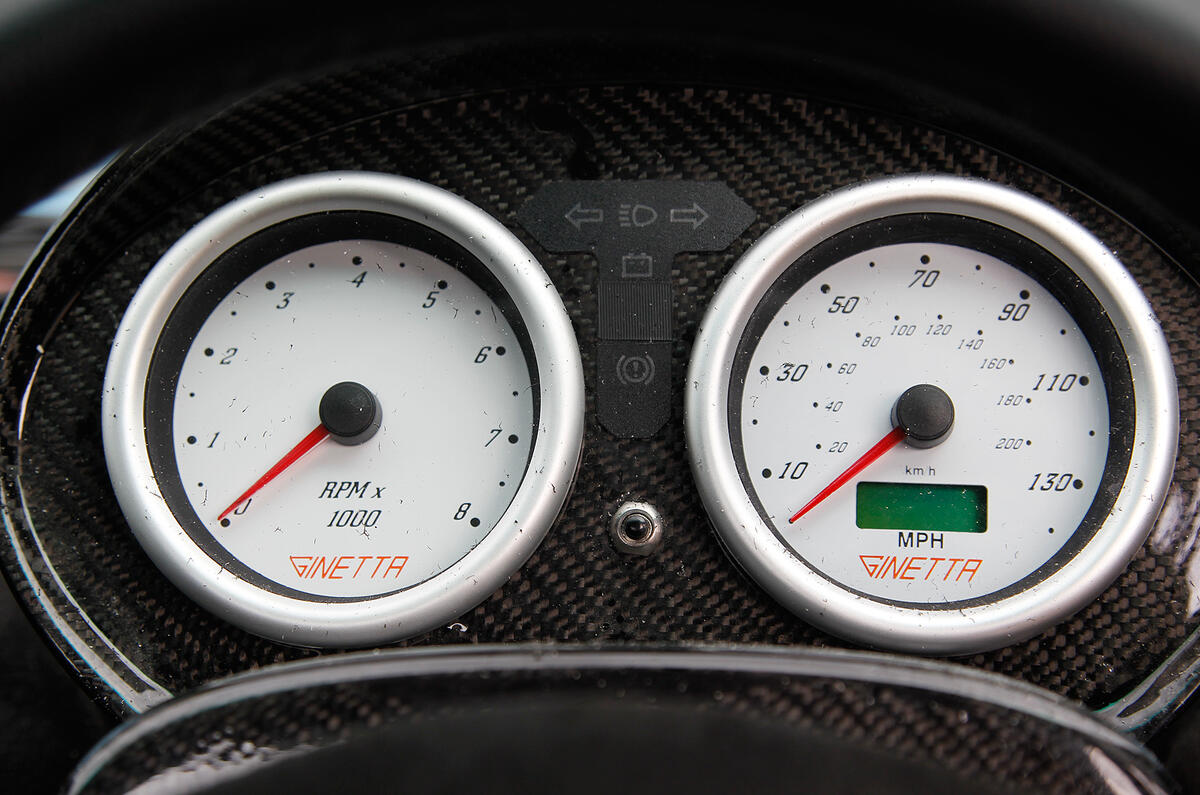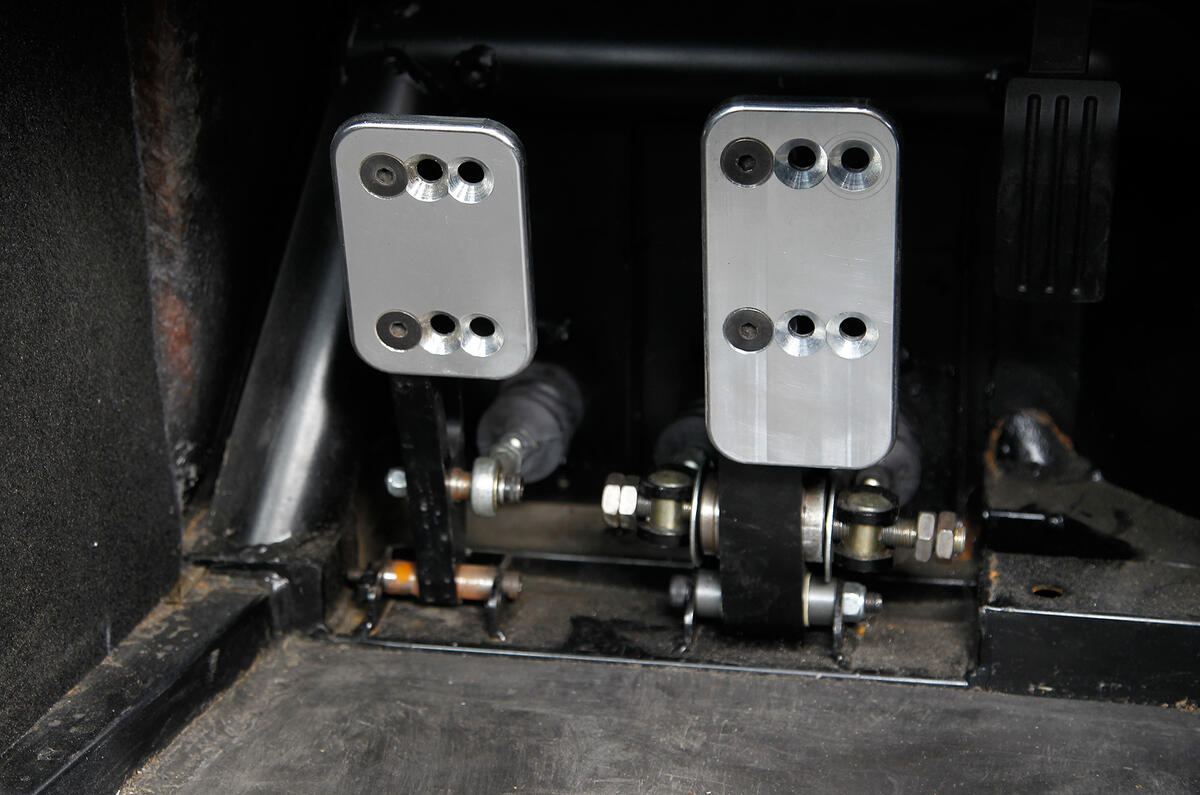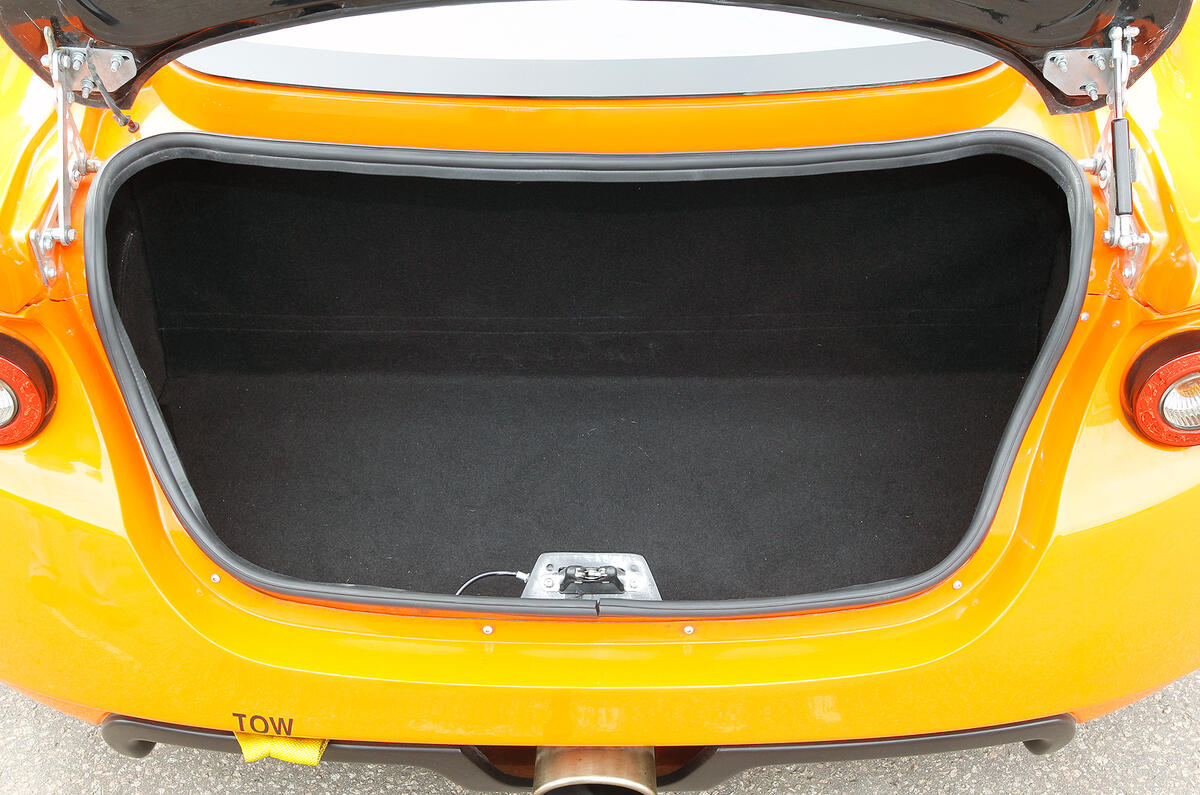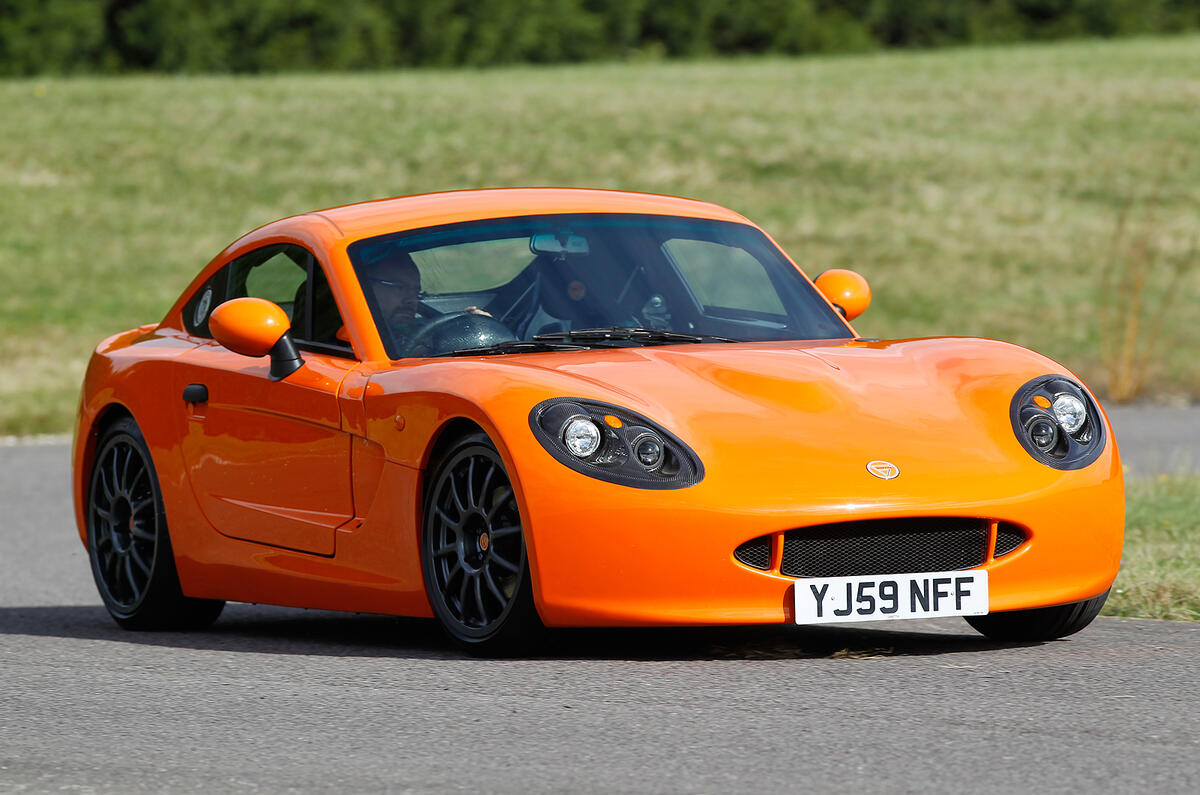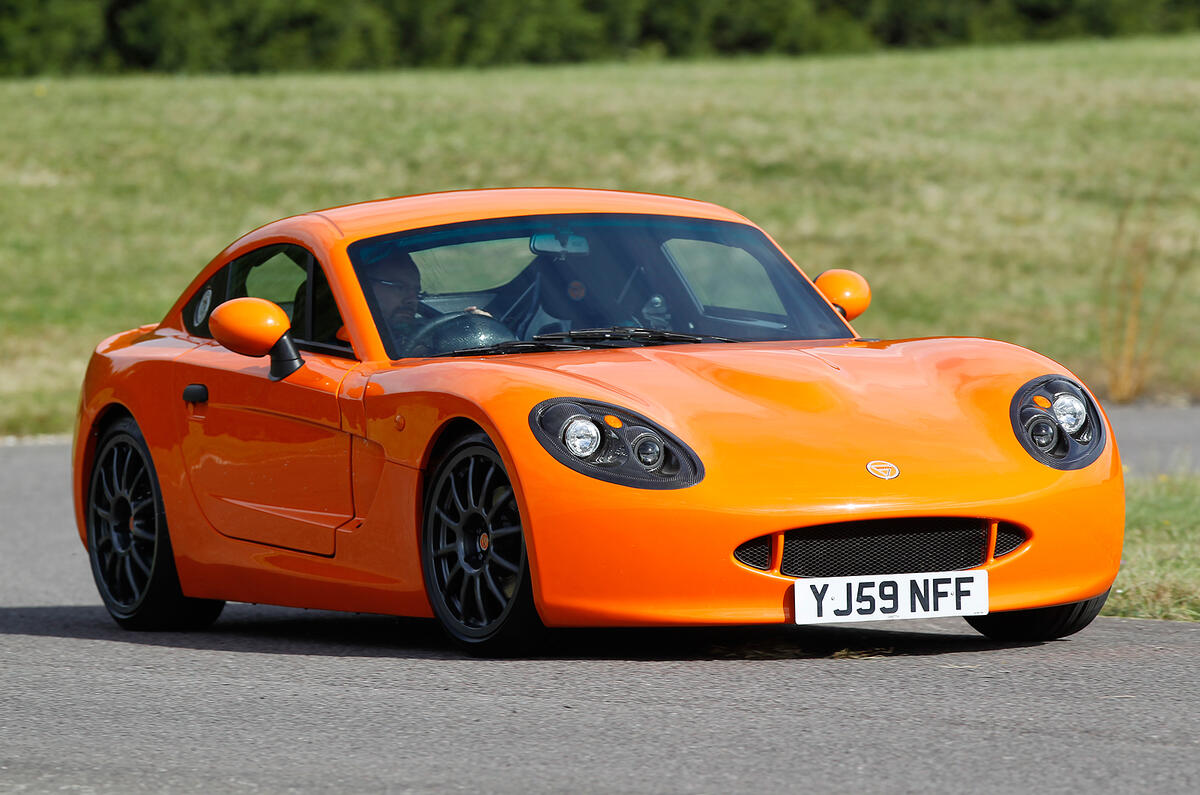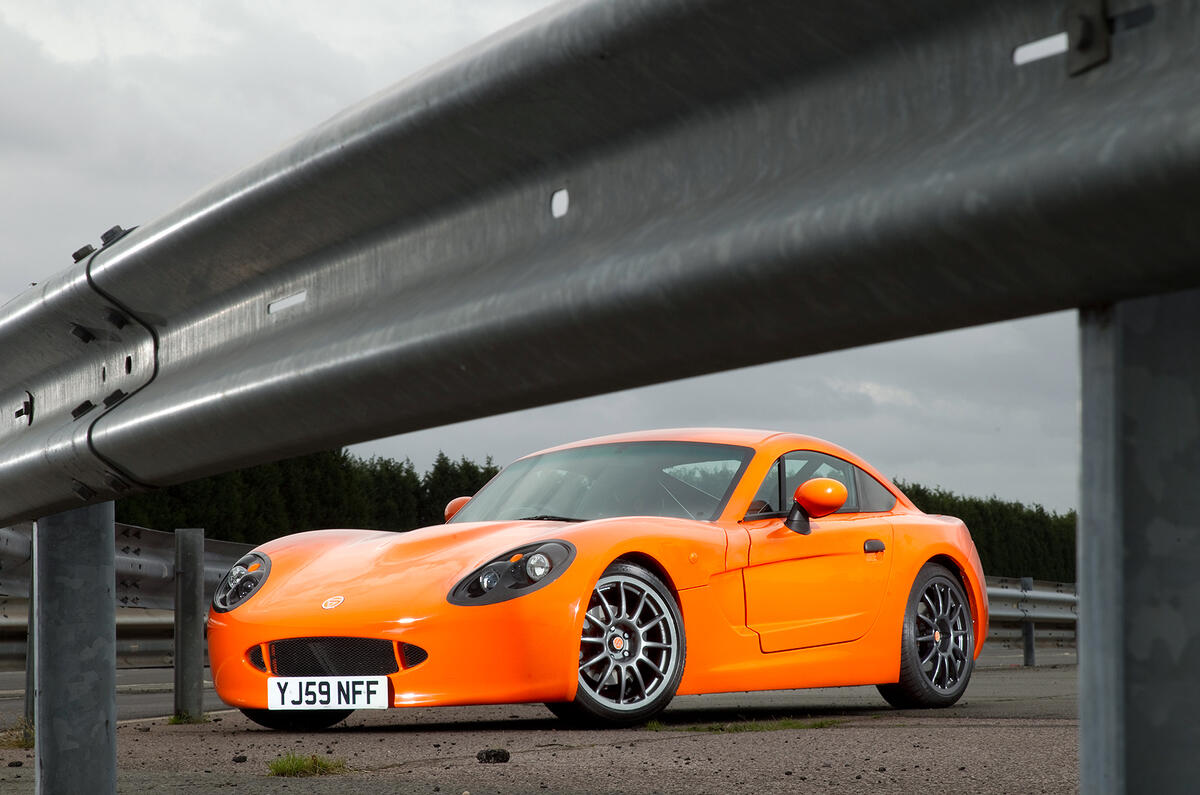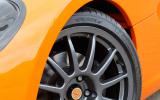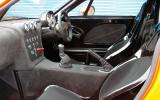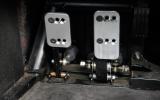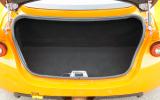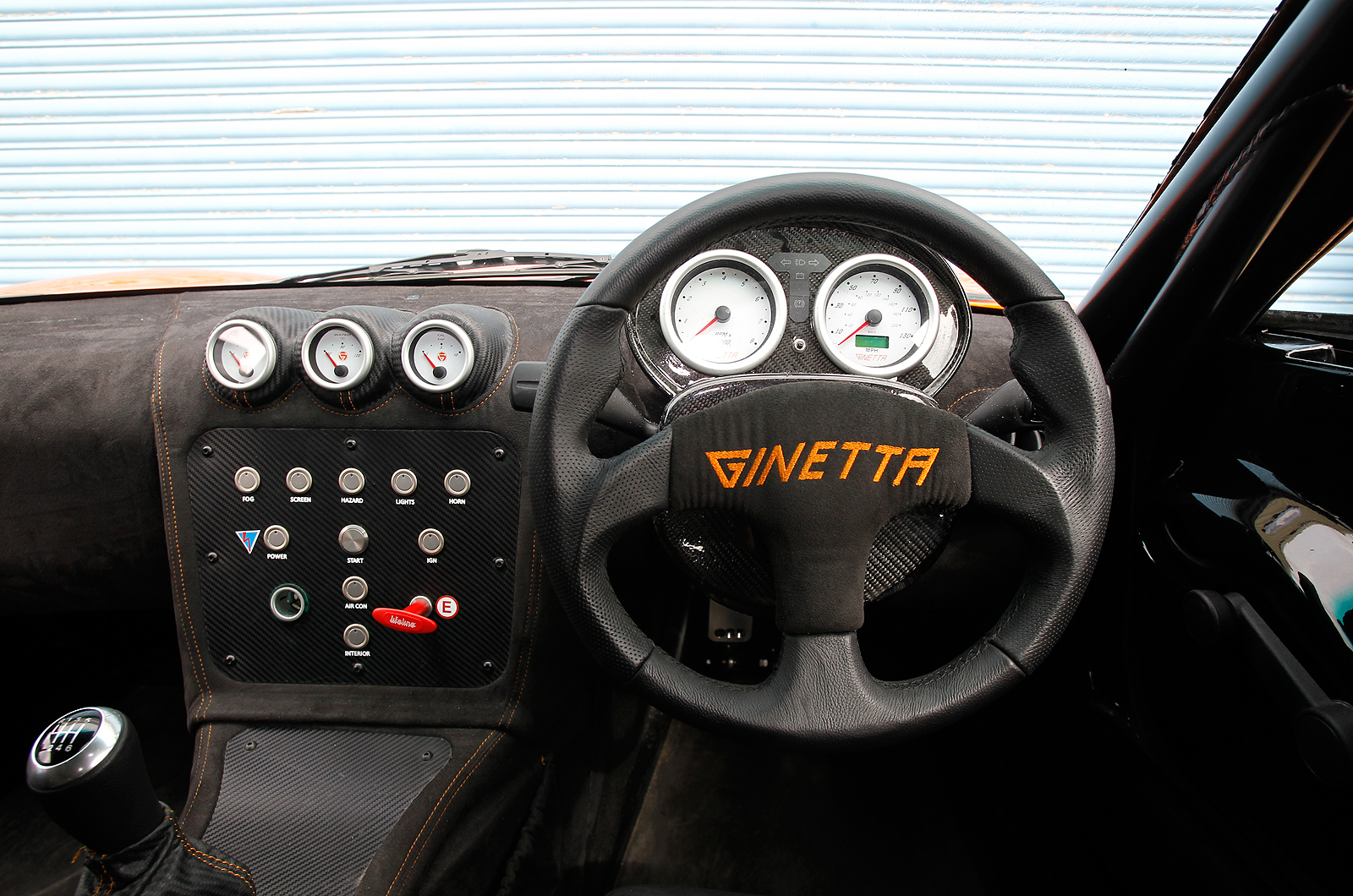Ginetta is in the midst of a revival. The word chequered could have been invented to describe the manufacturer’s mix of fortunes between the retirement of its founders retired in 1989 and the arrival of this G40R. Times were particularly turbulent in the 1990s, when it battled against recessions and failures, despite creating cars as exciting as the G33.
However, under the stewardship of the Yorkshire-based LNT Group, which bought the company in 2005, Ginetta is now going places again. It has found a niche as a producer of racing cars. Around 150 a year roll out of its Leeds factory, in ascending order of potency, G40 Junior, G40, G50 and G55 forms.
Now Ginetta has made a comeback as a road-car producer too, firstly with the G40R that we’re testing here. which the G60 grand tourer followed to market. Unsurprisingly, as the name suggests, the G40R is a road-going variant of the G40 race car. And that’s a big gamble because plenty of big names have failed to make the transition from track to Tarmac.
Ginetta hopes to find 100 homes a year for a car that can be driven to, around and home from a circuit. That’s a modest number for what is a significant market led by iconic names such as Lotus and Caterham.
At around £30,000, the G40R is keenly priced, but it finds itself not short of track-special rivals to compete with. The question is whether its circuit beginnings have spawned a fine road car.



